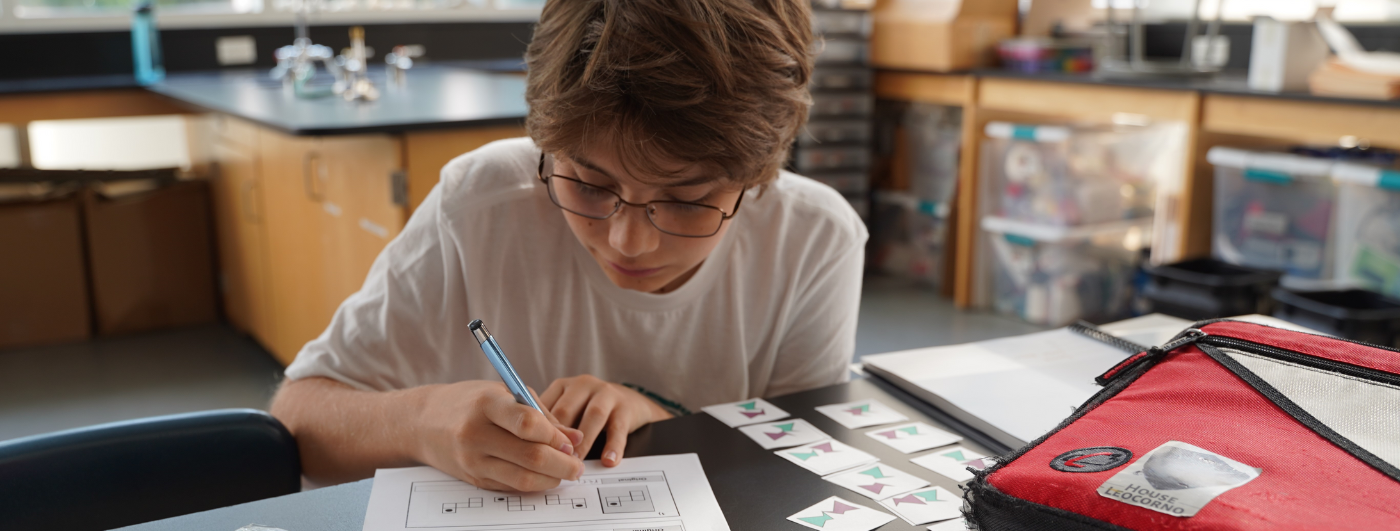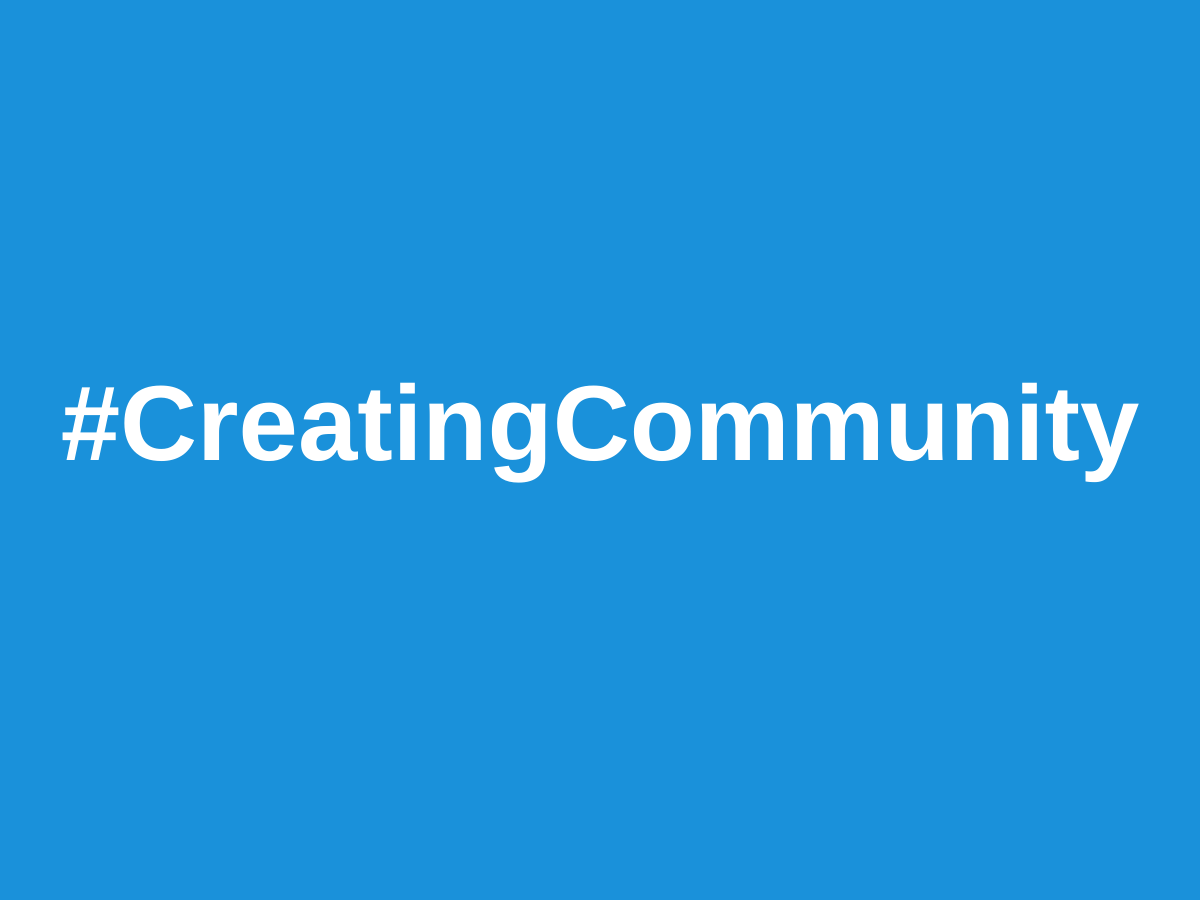Empowering students with language-based learning differences

Siena Blog



The Siena School Blog
Discover, Learn, Celebrate, and Empower
Welcome to Siena's blog, your source for helpful, cutting-edge resources tailored to teachers, parents, and other advocates in the learning differences community. We are dedicated to providing a wealth of curated knowledge spanning various topics, ranging from dyslexia advocacy and awareness to classroom teaching strategies, heritage month profiles, and social and emotional health.
Discover innovative classroom strategies that inspire creativity and foster a love of learning.
Our commitment to social-emotional wellness ensures that we provide valuable insights into healthy student development and self-advocacy.
Discover resources, reading and podcast recommendations, volunteering opportunities, and more for parents in the LD community.
Our important heritage month posts highlight key people, offer reading and podcast recommendations, and more.
#CreatingCommunity

#CreatingCommunity
Joseph Fruscione, Communications and Advancement Associate
I can use Twitter professionally? Not just to share pictures of a concert or game I go to? Or not just at customer service reps?
I could ask questions about teaching strategies—and get useful answers?
Or I can just go to a conference and share what people say?
So, people will read and share my content on Twitter?
We’ve heard these and similar questions often. Education is very much online now, particularly on a platform as dynamic as Twitter. Learning doesn’t stop in a school’s classrooms, hallways, or conference rooms.
It’s relatively easy for teachers to get started on Twitter; it’s also quite effective. After getting established online, teachers can do a lot for themselves, their schools, and their students by having a strong, active Twitter presence. Those 280 characters per tweet can do a great deal of work.
Here are some hows and whys to get started:
Always be connecting. There are many K–12 educators to follow, which helps teachers grow their networks, share resources, and discuss relevant or trending topics. They can start with high-follower accounts like Suzie Boss, Kevin Jarrett, Education Writers Association, International Literacy Association, or Edutopia. Who are they following, engaging with, and retweeting? Who follows them? Now an interested teacher research these accounts’ followers to further expand their network. These and many other educators can help connect teachers’ schools, classrooms, and professional selves to the larger digital world of K–12 education.
Use Twitter as one facet of an effective online presence. Writing in bursts of 280 characters enhances a teacher’s professional experience and skills as one of hundreds (or more) of educators working in a specific field. Cross-posting on platforms like Facebook and LinkedIn helps teachers boost their signals, learn from each other, and connect with even more people.
Siena humanities teacher Jabari Sellars sees Twitter as an “invaluable” site of professional exposure for educators. “Social media,” he reflects, “helps me share my expertise as a literacy and pop culture educator, as well as connect with fellow educators and the discourse at large.” He’s also used some videos from his blog to model for students’ assignments and to spark ideas for their college application essays.
Share work and classroom experiences. This is a very online generation, but students might not always associate Twitter with learning. Think about how much pride students will feel to see their classroom projects or successes shared with teachers across the country. Having a strong social media presence also lets teachers show off their expertise, such as what Siena English teacher Maya Furukawa did in early October about edu-blogging in her classes.
Live-tweet a professional event. Teachers could use the event’s hashtag(s) to find other educators (e.g., #NCTE2019 from their recent conference). They can also share snippets from interesting presentations, pictures, and parts of any panels or workshops they’re participating in. Some have used Twitter to arrange networking meet-ups or informational interviews at the events. When live-tweeting, teachers can use Twitter threads to keep thoughts and content together, as well as help followers pick up the conversation mid-thread and trace their way back.
Here’s a great example of live-tweeting from Siena science teacher Jennifer Chambers. In November 2019, Siena hosted a colloquium on Authentic Assessment. Jennifer live-tweeted parts of education consultant Suzie Boss’s keynote. We also used our @TheSienaSchool handle to share pictures and quotes from Boss’s keynote, as well as Siena director of technology Simon Kanter’s presentation. Here’s what live-tweeting could look like:
How do @TheSienaSchool Ss feel abt traditional vs #authenticassessment? Data is clear! #authenticsiena @teacher2teacher @ASCD @edutopia @PBLWorks pic.twitter.com/C2rCejrQUa
— Jennifer Chambers (@hikingalongkids) November 15, 2019
Invite experts from the field to add authenticity to #PBL for Ss. Gives Ss agency. @TheSienaSchool @suzieboss @PBLWorks #authenticsiena pic.twitter.com/WrqOAGzkfV
— Jennifer Chambers (@hikingalongkids) November 15, 2019
Teachers with their own blog or website can have their presentation or any other materials there for easy sharing on social media. It’s incredibly easy to start a blog or website on WordPress or Medium to strengthen teachers’ digital presence. (See Brian Crosby’s blog for a good example.)
Grow the school’s online community. Teachers are essentially using Twitter to practice what’s called attraction marketing. Let’s say Siena’s Jabari Sellars tweets about an effective lesson or assessment practice. One of his followers retweets it, so now he potentially has hundreds more people seeing and retweeting it. Since Sellars is new to these people, they (1) follow him and then (2) take the link in his bio to his blog or to Siena’s website. Now the attraction marketing work happens: they have access to see all the great things Sellars’s colleagues and students are doing. Regular tweeting leads to regular networking, which then helps teachers expand both their connections and access to professional resources.
Learn from other teachers. Back in the fall, we asked educators why they use Twitter professionally. We got many great responses within minutes—too many to share here. Kate Weber, for instance, said she uses Twitter for “1. Finding current articles, topics, and resources to share with students and 2. Creating a community with other educators.” Mindy Carlson, director of admissions at a Montessori School in Maryland, uses it to “connect with other teachers and to connect with students.”
Here are some more insights on Twitter’s professional value from other educators:
- Karen Costa: For social support and connections (I work from home). To promote ideas, research, and events that make #highered better for faculty and students.
- Adam Marcus: To find lesson plans and network with other teachers. Also, to find events to share with my families and promote what I do in my classroom.
- Nyasha Junior: Learning about new research. Finding out about conferences & calls for papers.
Siena’s Jennifer Chambers added: “Twitter connects me with educators around the world to share and receive ideas that can enhance my instructional leadership and improve student outcomes.”
It’s never too late to join Twitter or other platforms. Yes, students and colleagues at their schools know all the great work teachers do daily, weekly, and monthly. But, there are many other educators who want to know what students are learning, how they’re learning it, and what’s next. Teachers can do great work with regular Twitter use: finding the resources for themselves and their students; making the connections to new and experienced colleagues; using the hashtags; sharing new and old content; and ultimately realizing how connected they are to this generation of students and educators.
